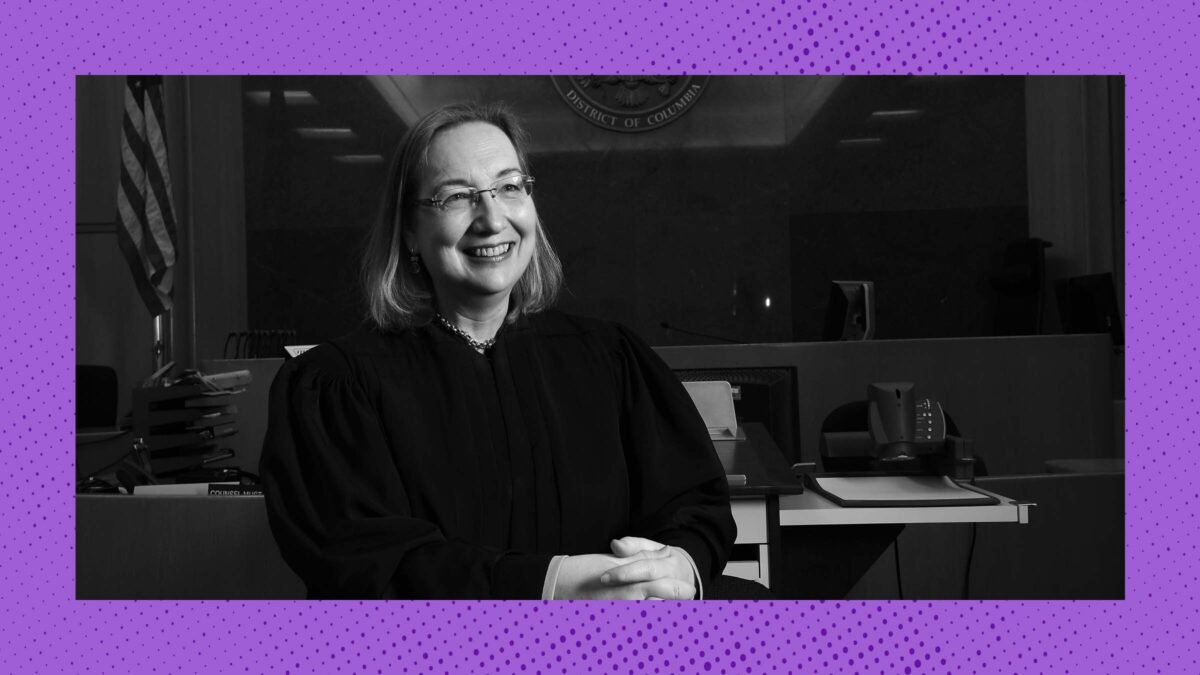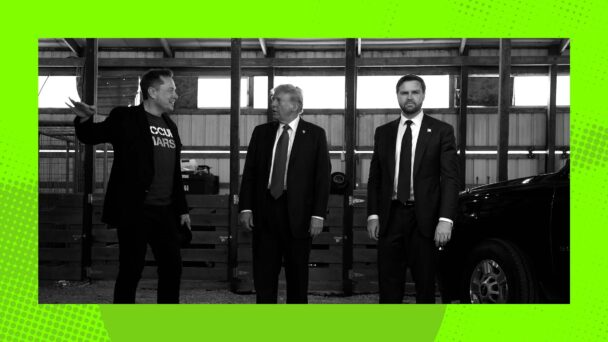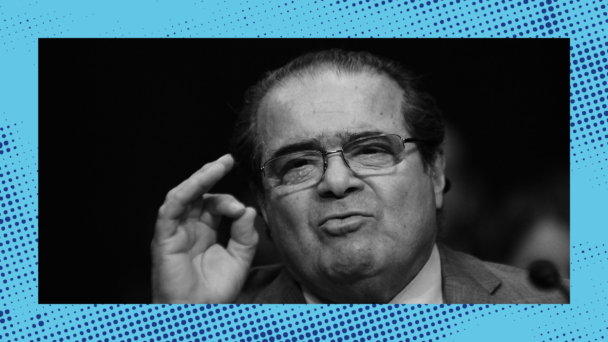Last Thursday, a federal district court judge in Washington, D.C., issued a decision declaring that President Donald Trump broke the law when he fired Gwynne Wilcox, the first Black woman ever to sit on the National Labor Relations Board. The judge ordered that Wilcox be reinstated to her position on the NLRB, the agency that enforces federal labor law.
The decision, from Senior Judge Beryl Howell, is a victory for what should be the unremarkable principle that the president has to follow the law. It’s also a vital win for working people, since Trump’s firing of Wilcox briefly left the NLRB without a quorum, and thus unable to perform its role of protecting workers’ rights by deciding cases about unfair labor practice charges and union elections. But last week’s decision is just the beginning of a case that will almost definitely end up at the Supreme Court, where it is no secret that at least some of the six right-wing justices are excited to rule that all limits on the president’s power to fire agency heads are unconstitutional.
Throughout the proceedings, Howell, who was appointed by President Barack Obama in 2010, seemed to be addressing two very different audiences: the public and the Supreme Court. While acknowledging that the Court will ultimately decide the legal issue—whether the Constitution allows Congress to limit the president’s power to remove members of independent, multimember boards—she writes in her opinion that the outcome “has profound consequences for how we Americans are governed.”
By describing in stark terms how Trump is trying to create a “presidency that is untouchable by the law,” Howell’s opinion implicitly makes a case that the public should not just wait passively for the Court to tell us that the Constitution gives Trump unlimited power. Instead, we should decide for ourselves that the Constitution does no such thing—and, even more importantly, demand that elected officials and the courts follow it.
The parts of Howell’s decision aimed at the public make a clear, strong case that “[a]n American President is not a king.” Citing Trump’s recent descriptions of himself in interviews and on social media, she writes that a president who “touts an image of himself as a ‘king’ or a dictator,’ perhaps as his vision of effective leadership, fundamentally misapprehends the role under Article II of the U.S. Constitution.” She explains that under the Constitution’s system of checks and balances, the president is supposed to be a “conscientious custodian of the law” who carries out the laws enacted by Congress and interpreted by the judiciary.
The law at issue in this case is the National Labor Relations Act, a 1935 law that created the Board to act as an independent agency that could protect workers’ rights to form unions and to collectively bargain, and to decide labor disputes in a way that didn’t involve police and private detectives shooting striking workers. The NLRA sets up a five-member Board whose members are appointed by the president and confirmed by the Senate to serve staggered five-year terms. Board members can be removed “by the President, upon notice and hearing, for neglect of duty or malfeasance in office, but for no other cause,” a protection aimed at allowing the NLRB to function without political interference.
The Trump administration readily acknowledged that Trump did not follow the NLRA when he fired Wilcox. His late-night email firing her did not allege any misconduct on her part, but simply stated that the administration “lack[ed] confidence” that she would act “without unduly disfavoring the interests of employers,” who are, in the administration’s view, the real victims in labor disputes. Instead, the administration’s position is that the NLRA’s removal protections, which no president has challenged in 90 years, are unconstitutional. (The other unstated reason why Trump fired the first Black woman to serve on the NLRB is because, well, she’s the first Black woman to serve on the NLRB.)
Howell’s opinion also demonstrates the real-world importance of the fact that Wilcox’s removal left the NLRB without a quorum. In the weeks since, employers like Whole Foods and CVS have already refused to recognize unions after their employees voted for them in NLRB elections, based on the claim that the NLRB lacks the authority to certify the results.

(Photo by FREDERIC J. BROWN/AFP via Getty Images)
Two-hour court hearings about federal agencies generally don’t draw a big crowd, but there were dozens of people in the audience when Howell held a hearing on March 5, and she made sure the public understood the stakes. She asked Wilcox’s lawyer to “give people a little bit of a history lesson” about why the NLRB was established and what it does. She referred to one of the government’s arguments—that the court could not order Wilcox’s reinstatement because of the differing standards for injunctions and writs of mandamus that existed in courts of law and courts of equity, a distinction the United States got rid of in 1938—as “mumbo jumbo.” And she noted incredulously that Tennessee’s Republican attorney general filed an amicus brief that extensively discussed the broad powers of the King of England to remove officers. “Is the tradition of the British king … the model that we should be turning to?” she asked.
Howell’s decision does not neglect her other audience, the Supreme Court. Much of it is devoted to examining the bases on which the justices allegedly decide cases: the text of the Constitution (“As a textual matter, the Constitution is silent as to removals”); history (“In the ninety years since the NLRB’s founding, the President has never removed a member of the Board”); and precedent (characterizing Humphrey’s Executor, a 90-year-old Supreme Court case upholding removal protections for commissions like the NLRB, as “well-grounded in accepted principles of checks and balances.”)
Howell also takes on the unitary executive theory, the idea popular among conservatives that presidents have control over all executive branch employees, noting that “the Constitution was designed to ensure no one branch of government had absolute powers.” And she explains that dicta in Chief Justice William Howard Taft’s 1926 opinion in Myers v. United States, which the Trump administration cites in favor of almost-unlimited presidential power to fire officials, was a “cherry-picked” history in which Taft ignored the fact that the Founding-era Congress put limits on the president’s removal power for certain agencies.
Of course, the Supreme Court may reject Howell’s reasoning and rule that Trump does have the powers of a king. In the immediate aftermath of Wilcox’s attempted firing, some commentators suggested that she not challenge her firing at all, even though it clearly violates the NLRA, because of the risk that the Court would use her case to do just that. But the public-oriented part of Howell’s decision shows why that’s ridiculous: If Trump can act like a king and everyone is too afraid to challenge him, then he is already a king (or an autocrat). Neither Wilcox nor Howell are willing to concede that.




